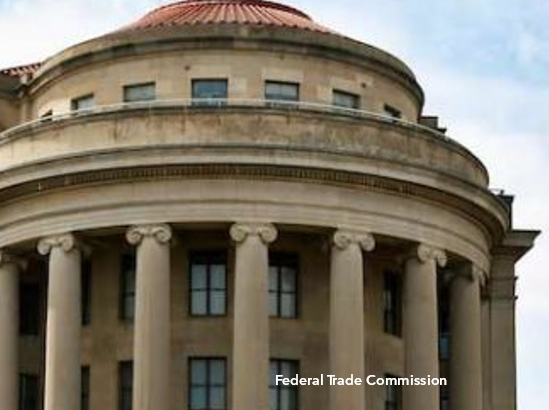March 12, 2015 – The FDA’s Office of Prescription Drug Promotion (OPDP) has issued fewer enforcement letters in recent years, decreasing from 21 Untitled Letters and three Warning Letters in 2013 to nine Untitled Letters and one Warning Letter in 2014. So far this year, OPDP has issued three Untitled Letters which, if the current pace holds, is in line to match last year’s numbers.
Although the FDA has told various media outlets that it is hard to get an overview of its enforcement program by looking at “a snapshot of time for enforcement letters,” this slower pace does beg the question of whether OPDP’s attentions are being redirected to other areas, such as guidance development, or if industry actually is more compliant. It may be a little bit of both, according to industry experts.
“A year of data is not a trend, but it could be the start of one,” Wayne Pines, APCO Worldwide, told the Coalition for Healthcare Communication. “Compliance by many companies is a higher priority due to the signing of corporate integrity agreements [CIAs] and sophisticated compliance programs,” he continued. “Companies with CIAs cannot tolerate enforcement letters, so compliance is a priority, risk taking is reduced, and FDA enforcement actions are down.”
In support of this point are the three enforcement letters issued this year, which were sent to smaller firms, “with smaller or fledgling compliance programs,” Pines explained. This is consistent with his observation that compliance is a higher priority for larger firms, which may be subject to CIAs.
Pines also pointed out, as has the FDA, the many companies “now take advantage of the advisory opinion process,” which “certainly enhances” compliance. The FDA responded to a January 2015 query from the publication Law360 that “Reviewing the number of compliance actions that OPDP takes within a year time frame does not take into account the work that OPDP does on the other priorities to assist companies with compliance, such as policy and guidance development and core launch reviews, to fulfill its public health mission.”
Dale Cooke, PhillyCooke Consulting, told the Coalition that because the FDA has been tasked with producing a number of guidance documents in the past few years and because resources are tight in tackling this increased workload, “it’s no surprise to me that overall enforcement has been a bit lower. There are only so many hours in the day, and if you’re told by Congress to make releasing guidances a priority, then it’s only appropriate that you make guidance development a priority.”
However, he added that “I don’t think that anyone in industry should treat this lull as a sign that FDA is backing off.” He noted that “as FDA clears the decks of its congressionally mandated guidance development, I fully expect FDA’s staff to redirect their time.” Pines also remarked that he “does not attribute the staff dedication to drafting guidances as being a significant factor in the number of enforcement actions.”



